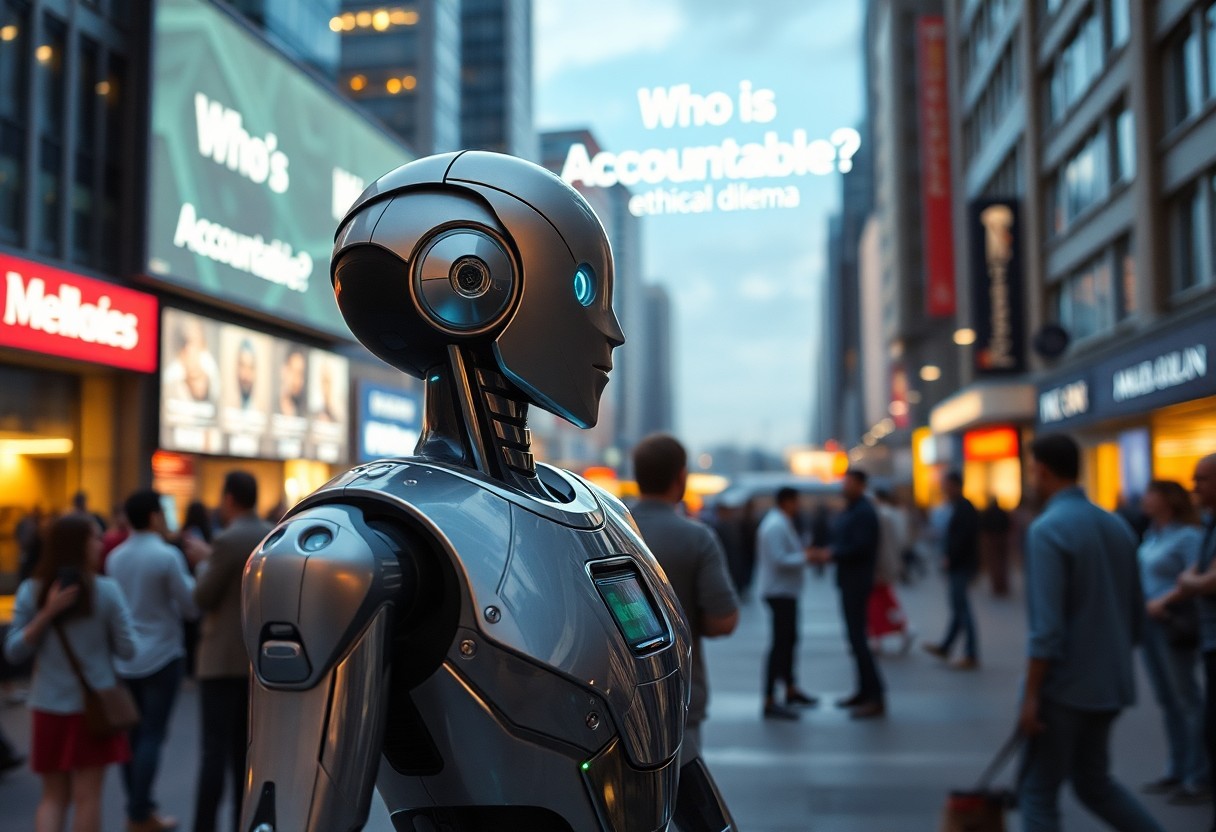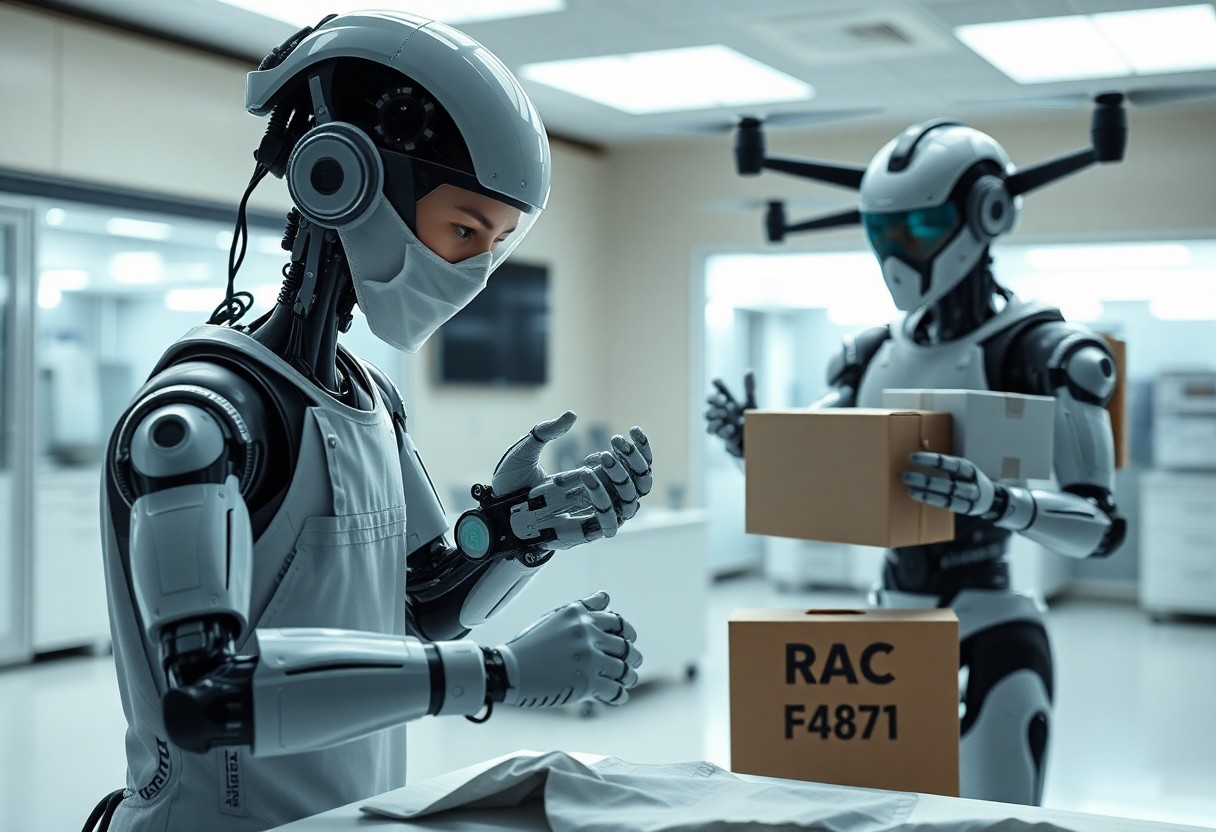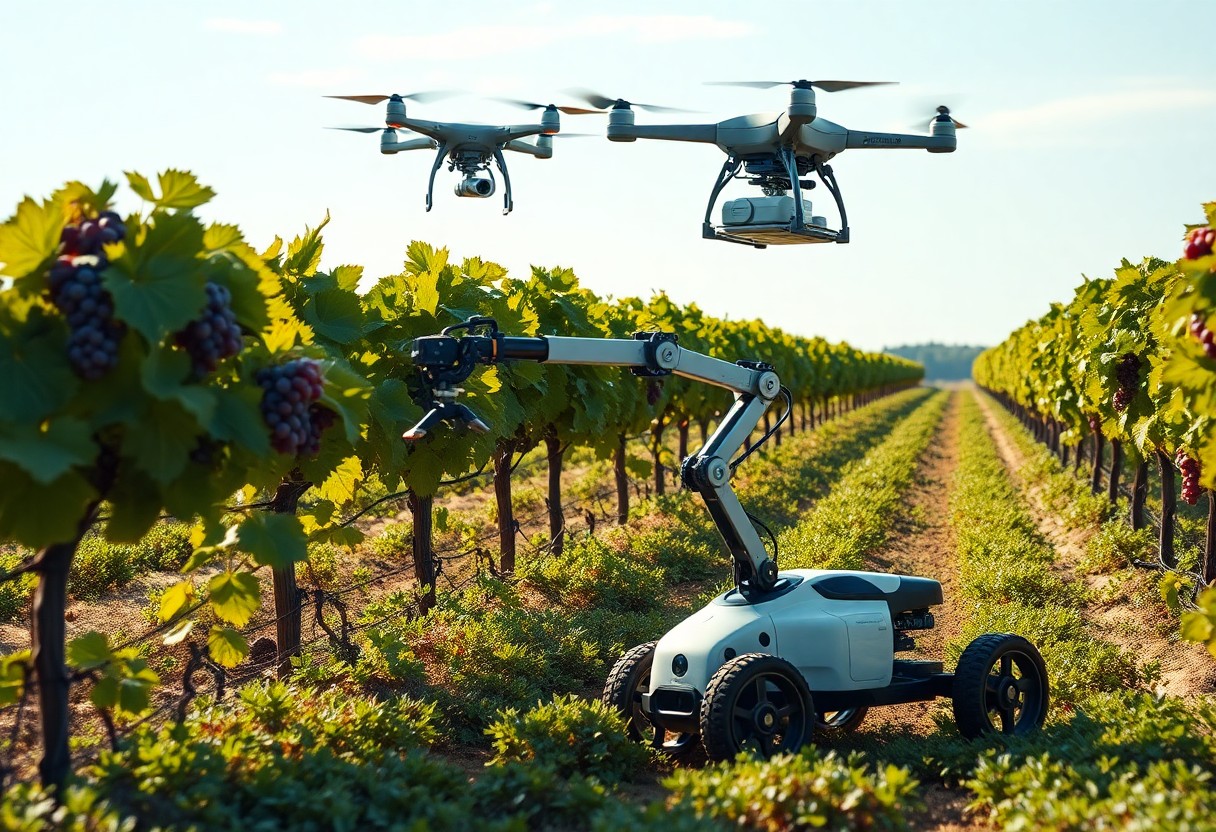Just as you explore the evolving landscape of autonomous robotics, you encounter a series of ethical dilemmas that challenge your understanding of technology’s role in society. These dilemmas encompass issues of accountability, decision-making, and the potential impact on employment and safety. As robotics become more integrated into daily life, it is important for you to engage with these ethical questions, ensuring that the advancement of technology aligns with human values and societal well-being.
Navigating the Moral Maze of Decision Making
In autonomous robotics, moral decision-making becomes a complex web of algorithms, ethical principles, and human values. You face scenarios where machines must choose between competing priorities, often without clear guidelines. This labyrinth of ethical considerations poses challenges that require careful thought about how autonomous systems can not only function effectively but also align with societal norms and expectations.
The Role of Programming in Ethical Choices
Your programming choices directly influence the ethical frameworks that autonomous robots adopt. By integrating different ethical theories—such as utilitarianism or deontology—into their decision-making algorithms, you shape how robots respond in critical situations. The nuances in coding these ethical principles can result in vastly different outcomes, raising questions about responsibility and accountability for their actions.
Dilemmas in Emergency Response Scenarios
Emergency response scenarios present a unique set of dilemmas for autonomous systems, where rapid decision-making is crucial. You might program a drone to prioritize saving human lives, but what happens when that necessitates sacrificing other assets? The programming intricacies can result in life-or-death situations, forcing robots to confront moral choices under pressure, creating intense debates on the justifications behind their programmed responses.
In emergency contexts, the stakes are heightened as autonomous robots may need to make split-second decisions with limited information. For instance, a self-driving ambulance might reach a critical juncture: should it swerve to avoid a pedestrian at the risk of colliding with another car? Real-world cases like these demand thoughtful programming that balances potential outcomes against ethical ramifications. With data showing that rapid responses can save lives, the pressure to devise algorithms that swiftly prioritize human safety becomes paramount, yet intertwines with ethical quandaries and public trust in technology. Your decisions in designing these systems significantly impact overall effectiveness and moral standing in society.

Redefining Responsibility: Who Is Accountable?
Determining accountability in autonomous robotics blurs traditional lines, raising complex questions about who bears responsibility for a robot’s actions. You might consider if the manufacturer, programmer, or operator holds the most liability when an autonomous agent causes harm. Legal frameworks struggle to keep pace, leading to potential gaps in accountability, especially as robots become more autonomous. As you ponder these issues, think about how public perception and societal norms around accountability could influence legislation and ultimately shape the future of robot deployment in various sectors.
Liability and Autonomous Agents
Liability involving autonomous agents often centers around the idea of negligence; however, establishing fault can be a challenge. You may find yourself questioning whether a malfunction is due to poor design, software bugs, or misuse by a human operator. Case studies, such as incidents involving self-driving cars, illustrate complications in attributing legal responsibility. Because jurisdictions vary globally, it’s necessary to examine how your region’s laws define liability, especially as technology continues to evolve rapidly.
The Impact of Design Choices on Ethical Outcomes
Your decisions during the design phase of autonomous systems directly influence their ethical implications. By integrating safety features, transparency, and fail-safes, you can minimize risks and enhance accountability. For example, building in mechanisms for data logging can provide insights into decision-making processes during accidents. Ethical design isn’t just a buzzword; it shapes how robots are perceived and trusted by society, ultimately dictating their acceptance and prevalence in daily life.
Design choices play a pivotal role in dictating the ethical outcomes of robotics. If you choose to prioritize user safety through robust fail-safes or transparent algorithms, you not only enhance trust but can also foster a more ethical interaction between humans and machines. For instance, the implementation of ethical decision-making frameworks in robotic design can mitigate the consequences of errors, steering autonomous agents toward socially acceptable outcomes. As you design, consider that every choice sends ripples through societal norms and expectations, molding how robots coexist with humans in various environments.
Societal Implications: The Ripple Effect of Robotics
As autonomous robotics permeate various sectors, the ripple effects extend into societal structures, reshaping daily life, work dynamics, and community interactions. Your experience within neighborhoods, workplaces, and public spaces will inevitably be influenced by these advanced technologies, as they revolutionize everything from manufacturing and healthcare to personal assistance and transportation. The implications are profound, emphasizing the necessity for careful consideration of how these innovations affect social equity, ethics, and community cohesion.
Economic Disparities and Job Displacement
The integration of robotics into the economy can exacerbate economic inequalities, as automation displaces lower-skilled workers while creating demand for high-skilled positions. You may find that sectors most vulnerable to automation, like manufacturing and retail, see significant job losses, leading to increased unemployment rates in those areas. Meanwhile, the wealth generated by robotics often concentrates in the hands of a few tech-savvy entrepreneurs, widening the economic gap and challenging social stability.
Access to Technology and Ethical Frameworks
Unequal access to autonomous technologies raises significant ethical concerns, as affluent communities often benefit first from advancements while underprivileged areas lag behind. This disparity can hinder social mobility and limit opportunities for those without access to cutting-edge resources. Establishing comprehensive ethical frameworks becomes necessary to navigate these complexities and ensure that everyone can harness the benefits of robotics in their daily lives.
Access to technology also influences public trust in robotics and AI systems. As you engage with these automations, your perception of their fairness and reliability may depend heavily on the transparency of the algorithms and the inclusivity of the deployment strategies. Ethical frameworks should address issues like bias in AI decision-making, outlining standards that ensure equitable access and representation. By fostering open dialogues and inclusive policies, stakeholders can work towards creating a landscape where technology uplifts rather than divides.
Regulatory Perspectives: Crafting Guidelines for Ethics
Establishing ethical guidelines for autonomous robotics requires a collaborative approach among policymakers, industry leaders, and ethicists. You’ll find that these guidelines need to address the rapid advancements in technology while ensuring public safety and ethical standards. As robotics technology evolves, so must the regulatory frameworks, incorporating input from diverse stakeholders to create comprehensive rules that protect societal values while fostering innovation.
Current Regulations and Their Limitations
Existing regulations often lag behind technological advancements, creating gaps in ethical oversight for autonomous systems. You may notice a lack of standardized protocols across different regions, leading to inconsistent practices that can result in unethical applications. Important regulations, such as the General Data Protection Regulation (GDPR), address data privacy but fail to tackle broader ethical issues like accountability in decision-making processes of autonomous robots.
The Future of Ethical Norms in Autonomous Robotics
The future of ethical norms in autonomous robotics hinges on proactive engagement among stakeholders. You can expect a shift towards more dynamic regulatory frameworks that adapt to technological progress. Policymakers are likely to prioritize transparency and accountability, focusing on ethical AI development. Collaborative initiatives like industry consortia and international regulatory bodies might establish shared ethical standards, fostering a global approach to responsible AI deployment.
The future of ethical norms in autonomous robotics will likely involve cross-disciplinary efforts integrating insights from technology, law, and ethics. By leveraging real-world case studies, you can anticipate an evolving dialogue that emphasizes the importance of responsible AI systems. Initiatives like the IEEE’s Global Initiative for Ethical Considerations in Artificial Intelligence and Autonomous Systems exemplify collaborative approaches to establish ethical guidelines and best practices. These evolving norms aim to encompass accountability, bias mitigation, and human oversight, ensuring that autonomous systems align with societal values and expectations.
Critical Voices: Public Opinion and Ethical Robotics
Public opinion plays a significant role in shaping the ethical landscape of autonomous robotics. Diverse perspectives reflect not only personal experiences but also broader societal values around technology. As robotics become more integrated into daily life, you will find that varying views influence policies and corporate strategies, necessitating a careful consideration of ethical implications in the design and deployment of these technologies.
Surveying Attitudes Toward Autonomous Machines
Your attitudes toward autonomous machines are often influenced by various factors, including personal experiences and exposure to different technologies. Surveys reveal a complex relationship where enthusiasm for innovation coexists with apprehension regarding safety and job displacement. Understanding these sentiments helps clarify public expectations and concerns, enabling developers to address ethical dilemmas more effectively.
The Influence of Media on Perception and Trust
Media significantly shapes your perception of autonomous robotics by framing narratives that either inspire confidence or fuel skepticism. Coverage often highlights both the potential benefits and dramatic failures associated with autonomous systems. This dichotomy can lead to polarized opinions, affecting public trust in these technologies and, ultimately, their acceptance in critical sectors like healthcare or transportation.
When evaluating the influence of media, consider how sensationalized or optimistic portrayals can skew public perception. For example, headlines about self-driving car accidents dominate news cycles, overshadowing industry reports that document significant safety improvements and success stories. Research indicates that consistent positive coverage can foster greater trust in technology, while fear-driven narratives can cause widespread apprehension. Engaging with balanced, informed content empowers you to form a more nuanced view of autonomous robotics, rather than being swayed by extreme interpretations that often lack context.
To wrap up
The ethical dilemmas in autonomous robotics demand your attention, as they influence how technology is integrated into society. You must consider the implications of decision-making algorithms, accountability, and the impact on human jobs and safety. By engaging with these issues, you can contribute to shaping responsible policies and ensuring that the development of autonomous technologies aligns with ethical standards. Your understanding will be important as you navigate the complexities of this evolving field, empowering you to advocate for frameworks that prioritize human values in robotic innovations.







